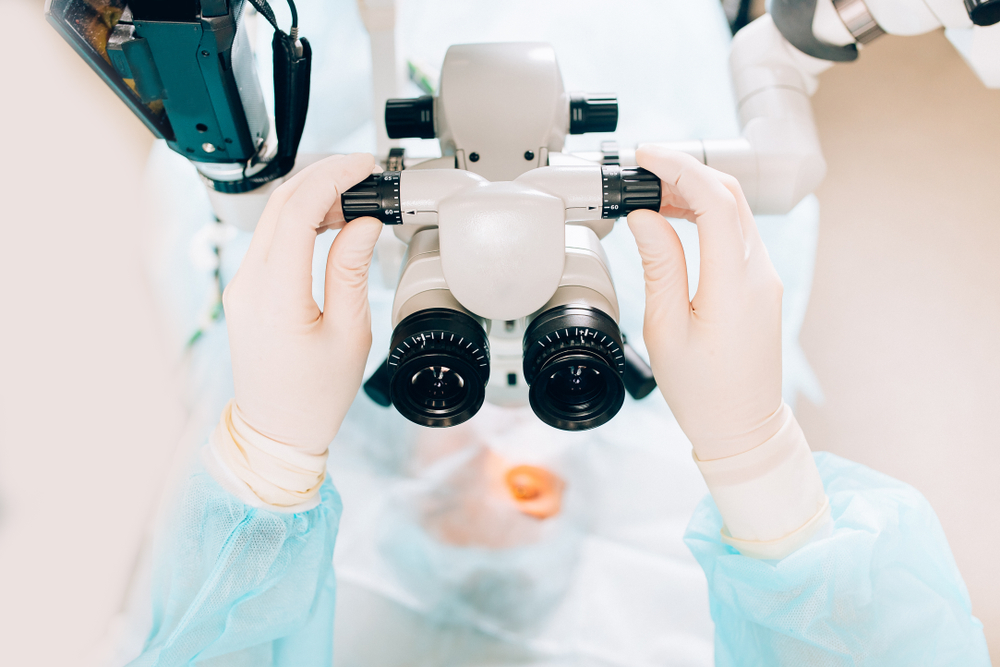What to Expect During Cataract Surgery
Cataract surgery is a common and highly effective procedure that can restore clear vision for those experiencing decreased vision due to cataracts. If you or a loved one is considering cataract surgery, it’s essential to understand what the process involves and what to expect during and after the procedure.
Keep reading to learn more about cataract surgery, including the steps of the procedure and the recovery process!
What is Cataract Surgery?
Cataract surgery is a procedure that involves removing the clouded natural lens of the eye and replacing it with an artificial intraocular lens (IOL). This procedure is typically performed on an outpatient basis, meaning you can go home the same day as the procedure.
Cataract surgery is generally safe, highly effective, and has a very high success rate. When you are first diagnosed with cataracts, you might not need surgery right away.
However, once your vision decreases due to cataracts and starts interfering with your everyday life, your eye doctor will recommend cataract surgery.
What Happens During Cataract Surgery?
Cataract surgery is a relatively simple procedure that typically takes about thirty minutes to complete. During the procedure, you’ll be awake but you will be comfortable.
Before Cataract Surgery
Before the procedure, during your cataract evaluation, your eye doctor will perform a comprehensive eye exam and take measurements of your eye to determine the appropriate power for your new intraocular lens. You’ll also be given instructions on how to prepare for cataract surgery, which may include picking up your prescription eye drops before the procedure.
Numbing the Eye
On the day of cataract surgery, your eye will be numbed using eye drops. This ensures that you won’t feel any pain during the procedure.
Creating an Incision in the Cornea
First, your cataract surgeon will create a tiny incision in the cornea, the clear front part of the eye. This incision is made using a precise laser and is just large enough to allow your cataract surgeon to access the lens of the eye.
Removing the Clouded Natural Lens
Next, your cataract surgeon will use a specialized instrument to break up the clouded lens into small pieces and gently suction them out of the eye. This process is called phacoemulsification and is performed using ultrasound technology.
Inserting New Intraocular Lens
Once the clouded lens has been removed, your cataract surgeon will insert the new intraocular lens into the empty lens capsule. The IOL is a clear, artificial lens that is designed to mimic the function of your natural lens, allowing you to focus clearly at various distances.
What Happens During Cataract Surgery Recovery?
After cataract surgery, you’ll be given a protective shield to wear over your eye and will be instructed to rest for the remainder of the day. Your eye doctor will prescribe eye drops to prevent infection, reduce inflammation, and aid in the healing process.
It’s crucial to follow your eye doctor’s instructions carefully and attend all follow-up appointments to ensure proper healing. Most patients can return to their normal activities within a few days of cataract surgery, although it’s essential to avoid strenuous activities and protect your eye from dust, wind, and other irritants.
Complete healing usually occurs within four to six weeks after the procedure. Cataract surgery is a safe and effective way to restore clear vision and improve your quality of life.
By understanding what to expect during the procedure and recovery process, you can feel more confident and prepared for your cataract surgery journey.
Do you want to learn if it’s time for you to have cataract surgery? Schedule a cataract evaluation at Mid Ohio Eye in Columbus, OH, today!










